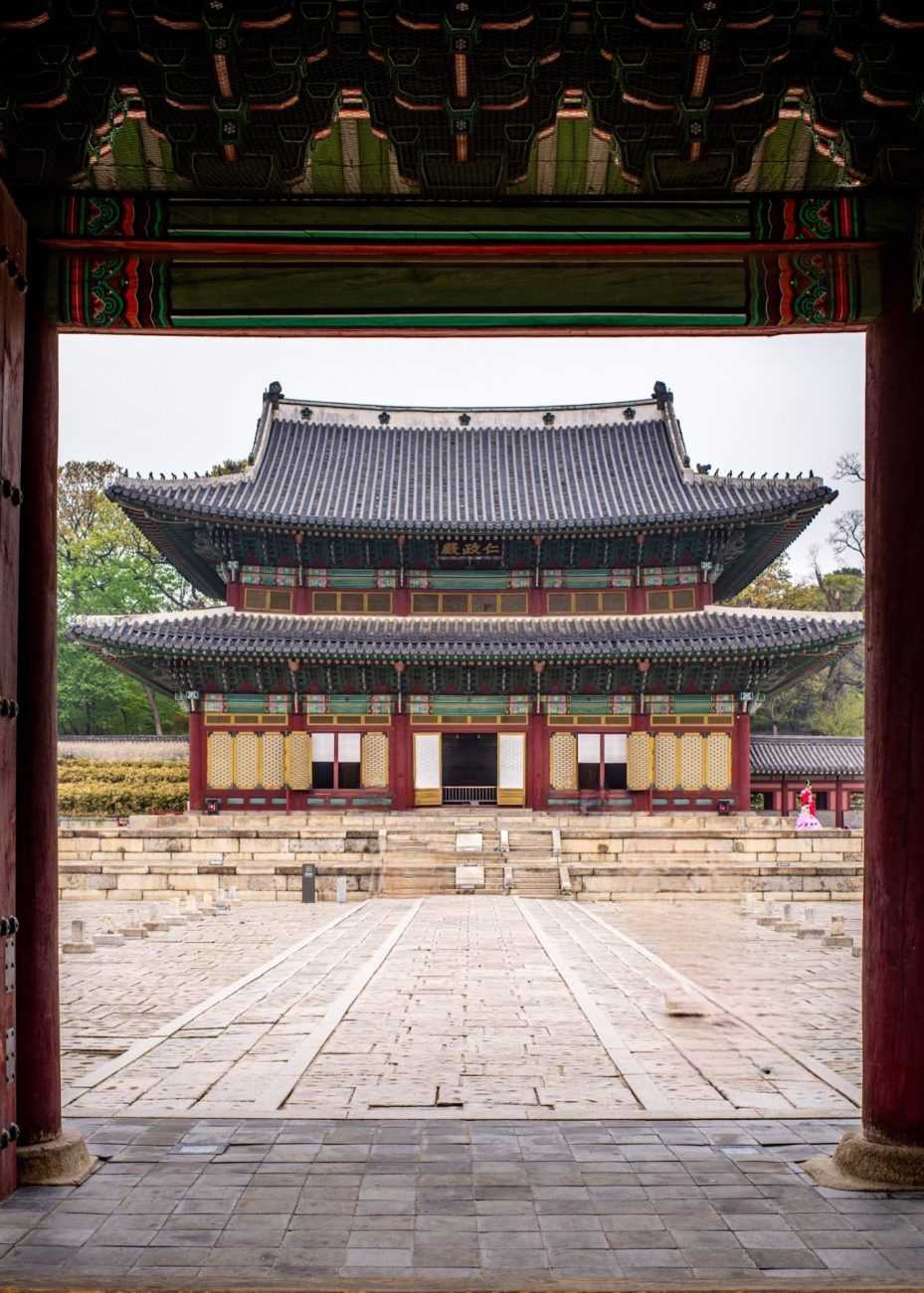Gyeongbokgung Palace: Exploring the Historic Royal Palace of Seoul
Gyeongbokgung Palace, located in the heart of Seoul, South Korea, is a must-visit destination for anyone interested in history, architecture, and Korean culture. As the largest of the Five Grand Palaces built during the Joseon Dynasty, Gyeongbokgung offers a glimpse into the royal life of Korea’s past. This guide will provide you with practical information to make the most of your visit to this iconic landmark.
Getting to Gyeongbokgung Palace
Gyeongbokgung Palace is conveniently located in central Seoul, making it easily accessible by public transportation. The most straightforward way to reach the palace is by taking the Seoul Subway. You can take Line 3 to Gyeongbokgung Station and use Exit 5, which will lead you directly to the palace entrance. Alternatively, you can take Line 5 to Gwanghwamun Station and use Exit 2, which is a short walk to the palace. If you prefer buses, several routes stop near the palace, including numbers 1020, 7025, and 109. For those driving, parking is available nearby, but it can be limited, especially during peak tourist seasons.
Exploring the Palace Grounds
Once you arrive, you’ll find that Gyeongbokgung Palace is a sprawling complex with numerous buildings and courtyards to explore. The main gate, Gwanghwamun, is an impressive structure that sets the tone for your visit. As you enter, you’ll be greeted by the vast courtyard leading to Geunjeongjeon, the throne hall where important state affairs were conducted. This hall is a prime example of traditional Korean architecture, with its intricate wooden designs and vibrant colors.
Don’t miss the Gyeonghoeru Pavilion, a stunning structure set on a man-made pond, which was used for royal banquets and special occasions. The pavilion offers a peaceful spot to take in the beauty of the palace grounds. Another highlight is the Hyangwonjeong Pavilion, a picturesque two-story pavilion located on a small island in a pond, connected by a charming bridge.
For a deeper understanding of the palace’s history, consider joining a guided tour. These tours are available in several languages and provide valuable insights into the significance of each building and the daily life of the royal family.
Cultural Experiences and Events
Gyeongbokgung Palace is not just a historical site; it’s also a place where you can immerse yourself in Korean culture. One of the most popular activities is renting a hanbok, the traditional Korean dress, and exploring the palace grounds in style. Many rental shops are located near the palace, offering a variety of hanbok styles and sizes. Wearing a hanbok not only enhances your experience but also grants you free entry to the palace.
The palace also hosts several cultural events throughout the year, including the Changing of the Guard Ceremony. This colorful and lively event takes place several times a day at the main gate and offers a glimpse into the traditional military practices of the Joseon Dynasty. Additionally, the palace often holds special exhibitions and performances, so be sure to check the schedule before your visit.
For those interested in Korean history, the National Palace Museum of Korea and the National Folk Museum of Korea are located within the palace grounds. These museums offer fascinating exhibits on Korean culture, history, and the royal family, providing a comprehensive understanding of the country’s rich heritage.
